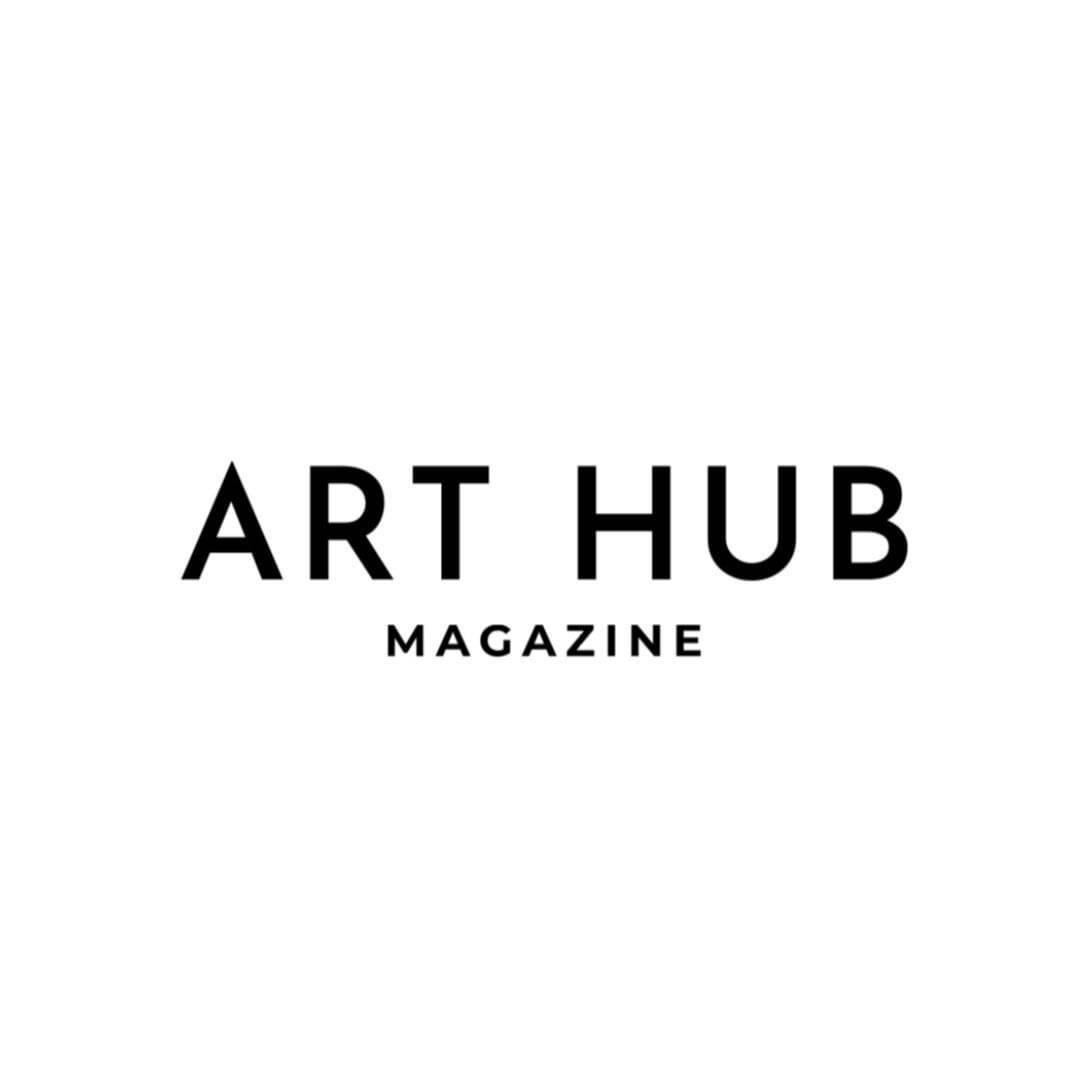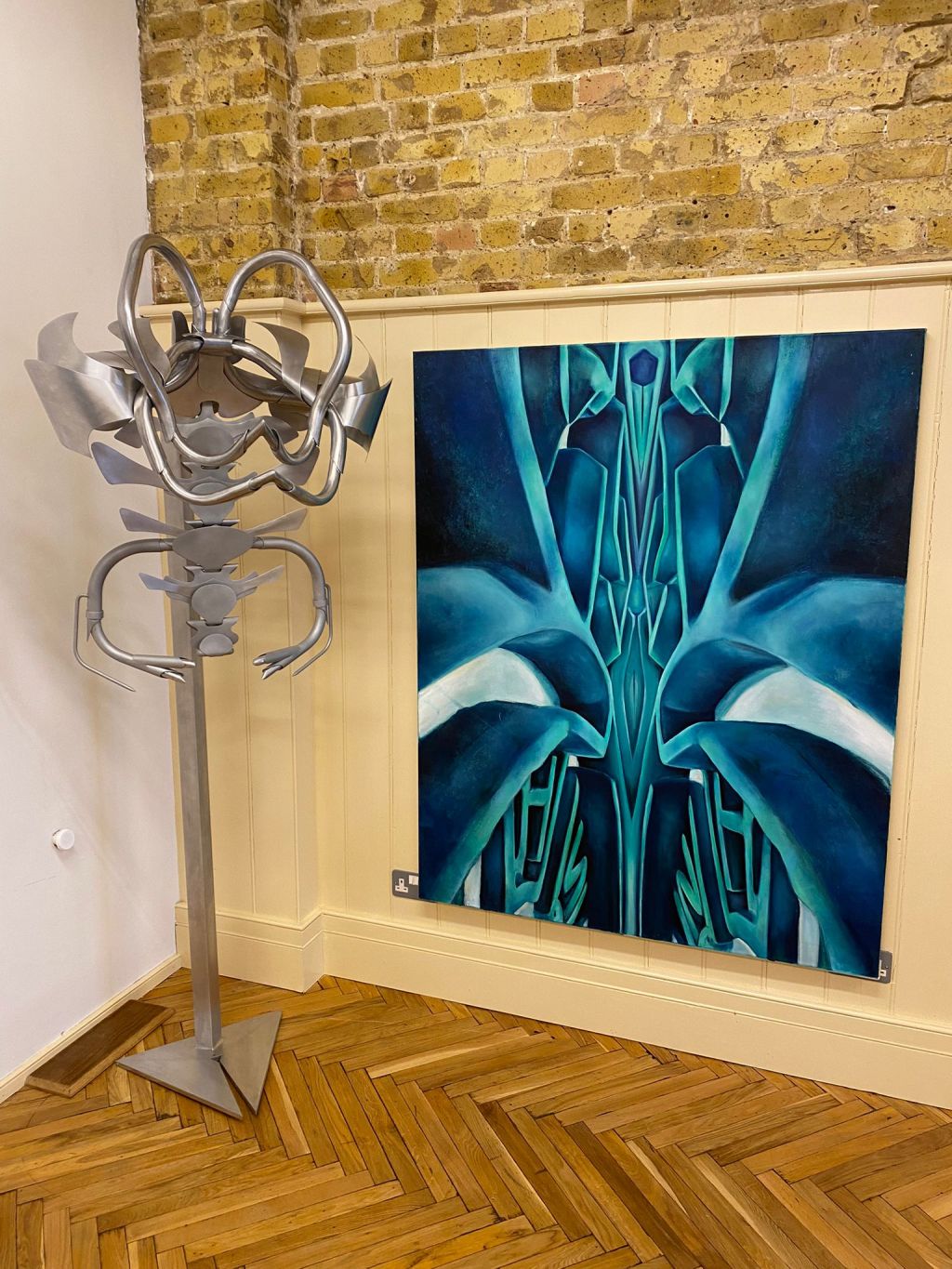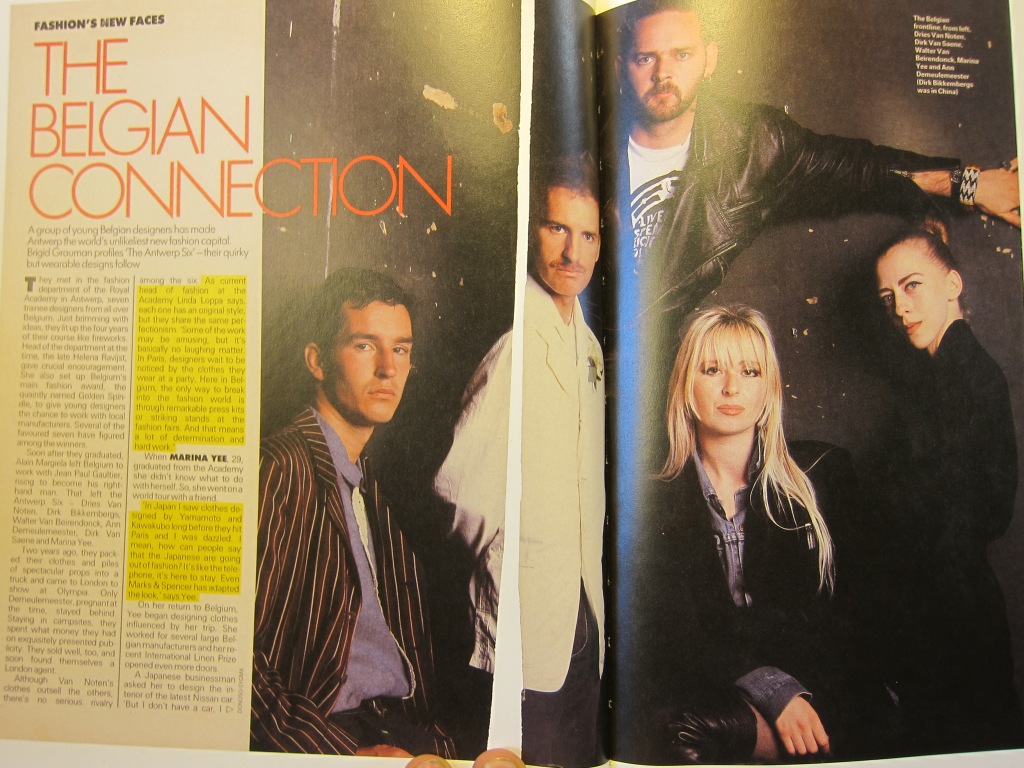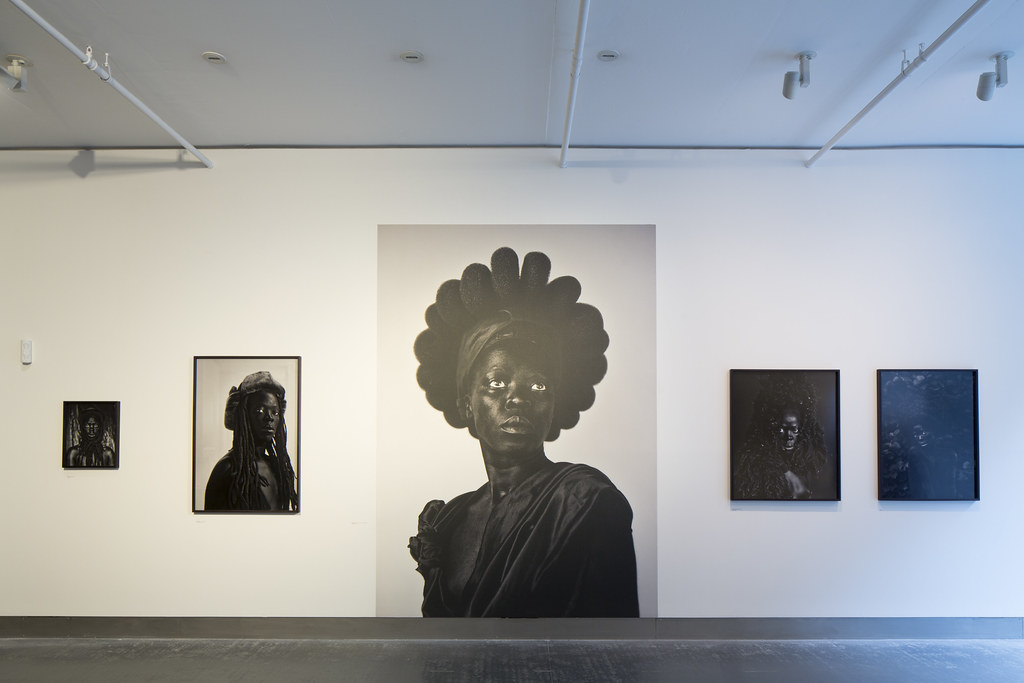
Jago (born as Jacopo Cardillo), a 36-year-old Italian artist who has gained recognition over the past decade for his modern reinterpretations of classical art, such as works like “Look Down (2019),” “Pietà (2021),” and “Habemus Hominem” (2009-2016).
Five years ago, he transformed the abandoned church of Sant’Aspreno ai Crociferi in Rione Sanità into his studio and exhibition space, and since May 2023, it officially became the Jago Museum, attracting thousands of visitors.
Discover the intricate world of Jago, where precision and attention to detail speak volumes about his self-discipline and love for sculpture. A beacon of inspiration for artists and beyond, Jago’s story is one of dedication and passion. Dive deeper into his world through our insightful interview and unlock the essence of this remarkable individual.



How did your journey with sculpting begin, and what inspired you to pursue this path?
It’s a challenging question because, honestly, I can’t pinpoint a specific moment. It’s more like I’ve been following a natural inclination, you know? Since I was very young, I’ve always had this innate attraction to materiality, a desire to engage with the physical world, to mold and shape it. I guess you could say I’ve always been a tactile person, someone who finds satisfaction in manipulating materials. Sorry if I stumble a bit; English isn’t my native language.
Anyway, what I’m trying to say is that from a young age, I felt this urge to express myself by creating something tangible, something that occupies space. And that curiosity, that drive to make something out of nothing, it’s still with me today. I suppose I’ve remained true to that same essence throughout my life. It’s like I’ve never stopped being that curious child who wanted to explore and express themselves fully.
For me, creativity stems from curiosity and enthusiasm. When you’re young, you naturally possess these qualities in abundance. You fall down, you get back up; criticism doesn’t faze you. It’s all part of the learning process. And I truly believe that these two ingredients, curiosity and enthusiasm, are the foundation of creativity. So, if you can hold onto them as you journey through life, you’ll find fulfillment in whatever you choose to pursue. It’s essential to nurture that childlike wonder within you.

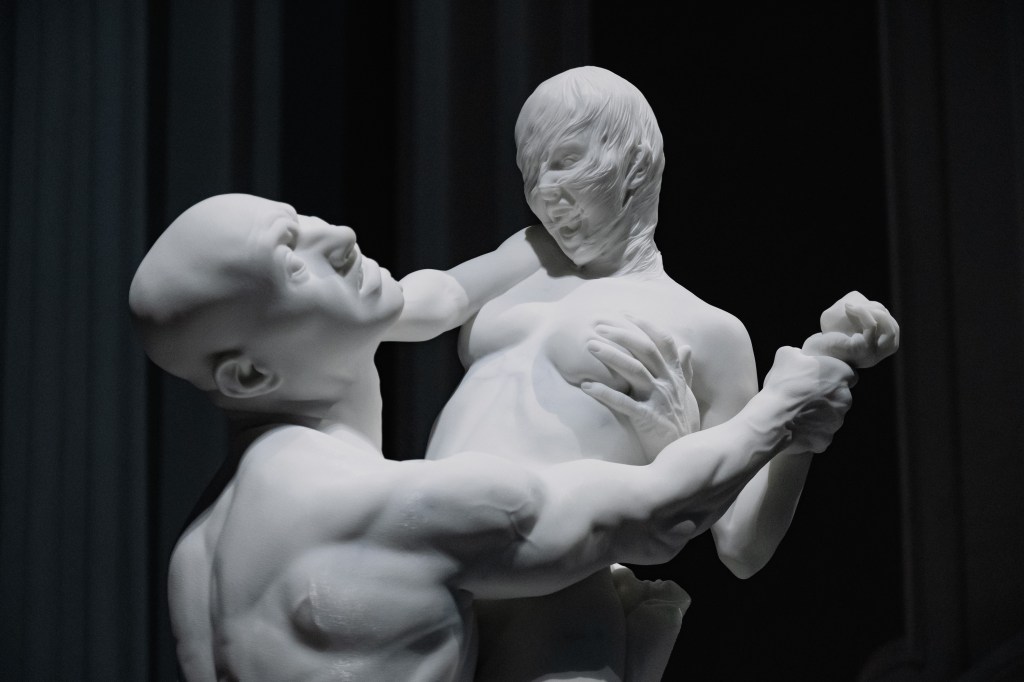
What does a typical workday look like for you, and how do you organize your time and workspace?
My day kicks off bright and early around 6:00 a.m. I dedicate at least an hour each morning to reading. It’s a conscious choice to steer clear of mindless scrolling on social media; I’d rather invest my time in enriching my mind and filling the void within me with knowledge and culture. I believe in utilizing every moment to grow and expand my horizons, to see the world through different lenses.
After my morning reading session, I engage in physical activity three times a week, usually swimming, to invigorate myself for the day ahead. Then, it’s straight to my studio, where I immerse myself in my projects. As an artist with an international clientele, my work spans various time zones, so I entrust a capable team to handle much of the logistical aspects, allowing me to focus primarily on the creative process.

Being a leader means mastering the art of delegation and placing trust in others. It’s a responsibility that extends beyond my own artistic endeavors; it encompasses the livelihoods and well-being of those who work alongside me. This awareness underscores every decision I make throughout the day.
For me, work isn’t just a means to an end; it’s a deeply personal commitment to doing what truly matters to me. I refuse to trade my time for anything less than fulfilling pursuits. It’s about aligning my actions with my values and prioritizing my own aspirations over external demands.
Discipline is key in maintaining this mindset. Without it, I’d risk relinquishing control over my own life and allowing others to dictate my path. So, I hold myself accountable, setting clear objectives and staying true to my vision. It’s a constant reminder that the greatest investment I can make is in myself.



Aside from sculpting, what are your interests and passions, and how do they influence your creative process?
Apart from sculpting, my interests and passions extend into the realm of innovation and contemporary advancements. I find myself deeply engaged with the world around me, constantly seeking out opportunities to immerse myself in new experiences and discoveries. Every innovation, every development ignites a spark of curiosity within me, and I can’t help but view the world through an artistic lens.
This fascination with the cutting edge often leads me to explore new avenues of creativity. Whether it’s experimenting with emerging technologies or delving into unconventional materials, I’m always eager to push the boundaries of what’s possible. However, I must admit that this boundless curiosity can sometimes be a double-edged sword. While it fuels my passion and drives my creative process, it also poses a challenge in maintaining focus amidst a sea of distractions.
The weight of responsibility is palpable, knowing that my ability to translate ideas into tangible forms of culture rests squarely on my shoulders. It’s a constant balancing act between indulging my curiosity and maintaining the discipline required to channel it into meaningful artistic expression. But ultimately, it’s this delicate dance between exploration and discipline that fuels my creative journey and drives me to push the limits of my craft.

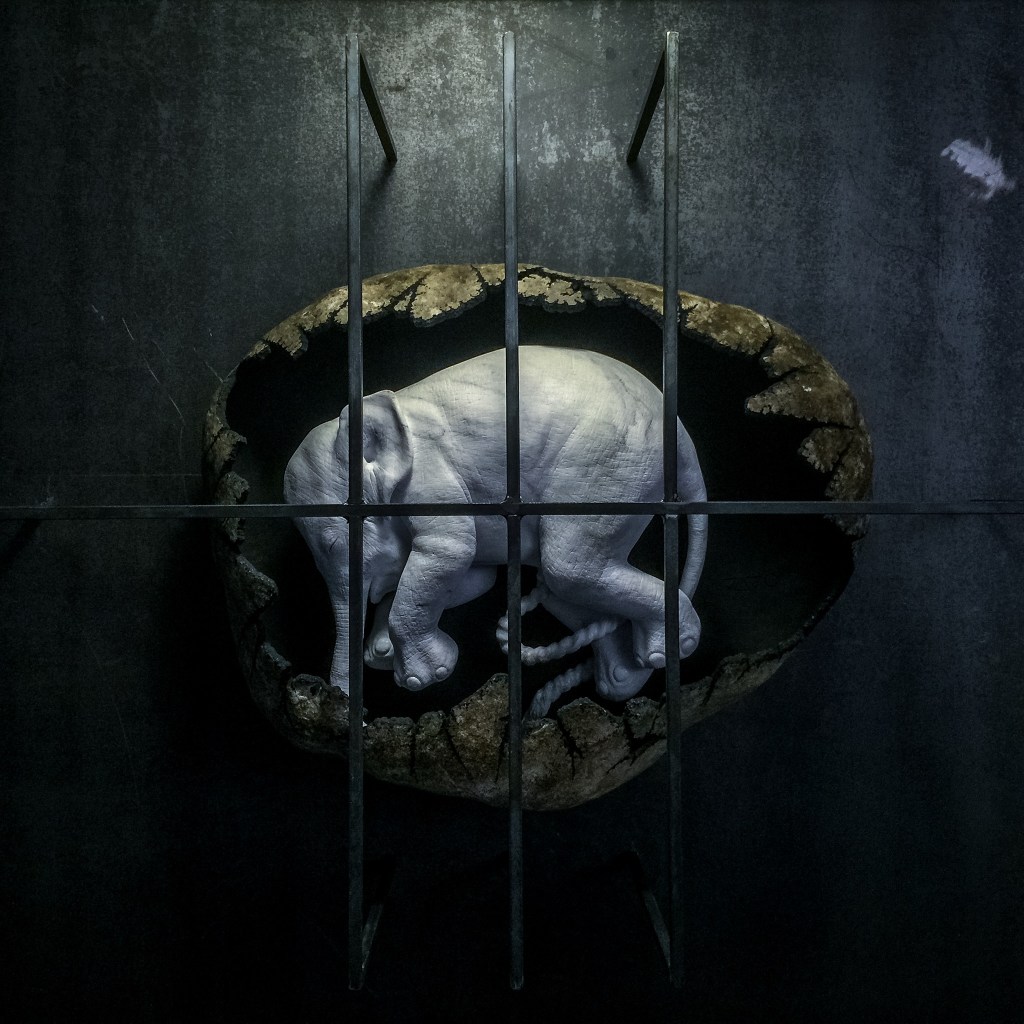
How do you handle the pressure and expectations that come with being a recognized and respected artist?
I put that weight on my shoulder. I willingly shoulder this responsibility because I am pursuing my passion, and I value the freedom to shape my own path. Throughout my life, I’ve fought for this autonomy, and now that I have it, I embrace the weight it carries.
However, the most significant expectations I face are the ones I place on myself. I set high standards and hold myself accountable for meeting them. External expectations, while present, are secondary to the internal drive to continuously challenge and improve myself.
In essence, external pressures are just byproducts of my chosen path. They don’t dictate my actions or define my worth. If anything, they serve as fuel for growth and development. Stepping out of my comfort zone and confronting these expectations head-on is essential for personal and artistic evolution. So, while the pressure may be daunting at times, it ultimately propels me forward on my journey of self-discovery and artistic expression.

Can you share your relationships and memories associated with your sculptures, and do you have any favorites or ones that hold special significance for you?
It’s akin to asking a parent to choose their favorite child. Each sculpture holds its own importance in my journey as an artist. Just as siblings can be vastly different despite sharing the same parents, each creation represents a unique moment in my life. I’ve evolved and changed with every sculpture I’ve brought into existence.
Every piece, whether it brought challenges or joy, has contributed to shaping who I am as an artist today. I’m grateful for every experience, both positive and negative, as they have all played a role in my growth. It’s like each sculpture is a chapter in the story of my artistic evolution.
So, to single out a favorite or one with special significance is difficult. They’ve all been integral to my journey, each contributing in its own way to the artist I’ve become.


What significance does your sculpture titled ” Pietà” hold?
The image depicts a man in deep emotional distress, likely shedding tears as he cradles his children. This scene evokes a powerful response within me, stemming from memories of witnessing similar scenes on television during times of war. I recall returning home from school, sitting down for lunch with my family, and being confronted with the juxtaposition of gruesome images of conflict on the TV screen alongside the simple pleasure of enjoying a meal.

It’s unsettling how easily we become desensitized to the horrors depicted on television, how we normalize the coexistence of pleasure and pain in our daily lives. The war in Syria, with its relentless bombardment and devastation, was particularly impactful for me. As a young person, even a single image from such events could sear itself into my consciousness, haunting my thoughts and dreams.
Years later, reflecting on these experiences, I realized the significance of capturing such moments in a medium that demands contemplation. In an age where images flash by in an instant on social media, creating a sculpture that demands attention and refuses to be easily dismissed felt like a poignant statement. It’s a reminder of the power and weight inherent in certain images, urging us to slow down and truly absorb their impact.
In today’s fast-paced world, there’s a pressing need to rediscover the art of contemplation, to relearn how to savor the beauty of a moment without the constant distraction of capturing it on camera. Perhaps in embracing the fleeting nature of our existence and prioritizing the preservation of memories in our minds rather than on our devices, we can find a sense of fulfillment and true connection to the world around us. After all, memories are the closest thing we have to eternity, and they deserve to be cherished and nurtured.

What inspired you to send one of your sculptures „The First Baby” into space as part of a documentary project, and how did you navigate the challenges involved in making it a reality?
While I was in New York, a filmmaker friend of mine from Italy expressed interest in creating a documentary about my work. However, our busy schedules kept us from collaborating until a chance meeting in New York presented us with the opportunity to discuss it further. He mentioned that he was currently focused on documenting Luca Parmitano’s preparation for an upcoming space mission called “Beyond.” In a spontaneous moment, I suggested sending one of my sculptures into space as a part of the documentary.
To my surprise, Luca Parmitano liked the idea, and so the project began. Initially, I designed the sculpture to be larger, but it had to be reduced to a mere seven centimeters to meet the strict weight restrictions. I couldn’t sign the sculpture conventionally, as it would appear as branding, so I opted to embed a digital frame containing my blood on its back, symbolizing my mark on the piece.

Watching my blood orbit the Earth for six months was a surreal experience, but it reinforced a valuable lesson: if you have a bold idea, you must act on it, regardless of the challenges. It’s about sharing your vision with the right people who can amplify and support it, rather than allowing doubt or negativity to stifle your creativity.
In essence, the story of this sculpture serves as a testament to the power of embracing unconventional ideas and surrounding oneself with collaborators who share in the excitement of bringing them to fruition.
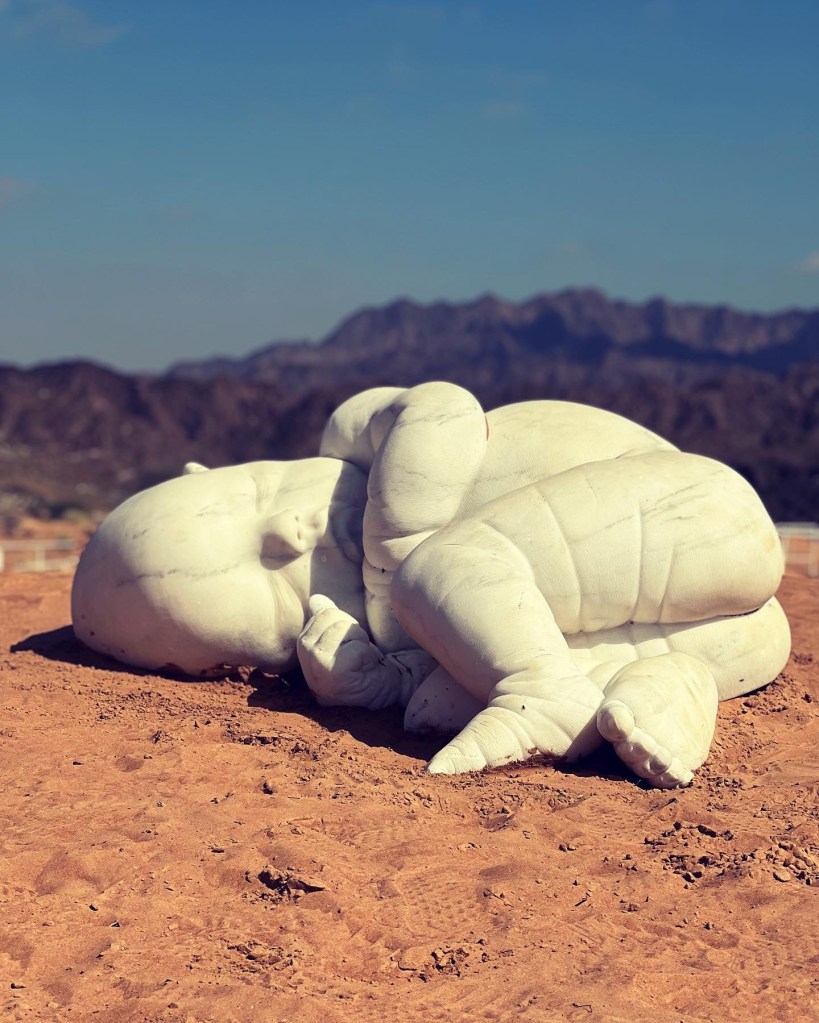
How do you utilize social media and the internet to promote your art and connect with your audience?
I’m not beholden to any journal or external expectations when it comes to sharing on social media. My focus is on providing value to those who choose to engage with my content. I see it as an opportunity to offer something meaningful directly to someone’s pocket, rather than merely seeking attention or social validation.
For me, communication is key, but that doesn’t mean bombarding followers with daily updates. I believe in sharing only what truly matters, what holds value and significance in my work and passions. My personal life remains just that—personal. Social media, for me, is a platform to showcase my creative endeavors and what I hold dear.
I deeply appreciate those who take the time to follow my journey online. Their attention is a precious gift, and I feel a sense of responsibility to ensure that what I share resonates with them on a meaningful level. After all, their time is invaluable, and I aim to make the most of it by offering content that enriches their experience.
Feedback, whether positive or negative, is always welcome. I view criticism as an opportunity for growth and understanding. It’s not about judgment but about learning from different perspectives and refining my own vision. Even those who express frustration or disdain can offer valuable insights, though I’ve noticed such sentiments often come from within the art establishment.
Remember that the other part of the laptop, there is a human being with your vision that appreciate you, that he’s giving you something that is more valuable than what you think. It’s time.
Ultimately, social media is a tool for connection and dialogue. It’s a space where diverse voices can come together to engage, learn, and evolve. By remaining open to feedback and continuously striving to provide value, I hope to foster a community that appreciates and engages with my work in a meaningful way.


What are your motivations and goals as an artist dealing with religious, political, and social themes?
Politics, in its essence, can be a beautiful pursuit, provided it is approached with integrity and the right intentions. When we share information, such as through this interview, we inevitably influence and shape people’s perceptions of reality, which inherently carries political implications. After all, politics is fundamentally about the concerns and affairs of the people.
Unfortunately, the modern conception of politics often strays from its original meaning, becoming synonymous with power games and self-interest. However, I prefer to focus on the beauty of everyday life, striving to share and promote understanding and appreciation for what I do.
My approach to life and work is guided by a clear vision and a sense of duty rather than any specific goal or ambition for power. As an entrepreneur, I understand the importance of saying no to distractions that may veer me off course from achieving my objectives. Happiness, for me, lies in being fully present in each moment, whether it’s enjoying a meal, engaging in physical activity, or simply basking in the warmth of the sun.
Too often, people fail to fully immerse themselves in the present moment, allowing their minds to wander to future concerns or past regrets. By cultivating mindfulness and embracing the richness of each experience, we can truly appreciate the beauty and complexity of life. This, to me, is the ultimate goal—to live fully in the present and savor every moment, regardless of the challenges we may face.

How do you assess the current state of contemporary art, and what role do you see yourself playing in it?
The term itself seems to imply a distinction between what is current and what is timeless, yet every piece of art, whether created today or centuries ago, has the potential to resonate with viewers in the present moment. Take the Mona Lisa, for example. Despite being centuries old, it continues to captivate and communicate with those who stand before it. In this sense, it is undeniably contemporary, as it exists and speaks to us in the here and now.
The notion of contemporary art as a separate category, reserved for certain trends or movements, feels artificial and contrived. It often seems driven more by marketing strategies and academic agendas than by genuine artistic expression. Artists are pressured to conform to these labels and expectations, often at the expense of their creative freedom and authenticity.
Furthermore, the commercialization of contemporary art, with its focus on auctions and collectors, can lead to a distortion of artistic value. Pieces are bought and sold based on their perceived investment potential rather than their intrinsic merit or impact on viewers.
Ultimately, art should transcend such arbitrary categorizations and commercial interests. It should be a reflection of the human experience, provoking thought, eliciting emotion, and fostering connection across time and space. As artists, our true duty lies in creating work that speaks to the heart and soul, regardless of fleeting trends or market demands.

What advice and tips do you have for young and aspiring sculptors who wish to follow in your footsteps?
Firstly, it’s essential to educate yourself. Read books, study tutorials, and immerse yourself in the world of sculpting. This foundation of knowledge will provide you with the necessary skills to express yourself creatively.
Additionally, focus on developing your emotional vocabulary. Understanding and articulating your emotions will deepen your connection to your work and enable you to convey meaning more effectively through your sculptures.
Believe in yourself and your ideas. Trust your instincts and have confidence in the uniqueness of your creative vision. It’s essential to give yourself opportunities to grow and showcase your talent. If you have an idea, believe in that idea. Believe in yourself.
